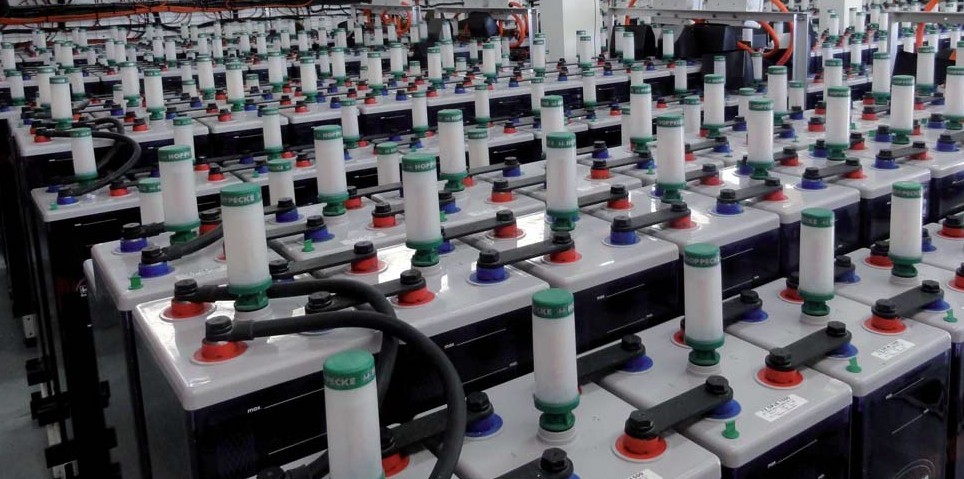UPS Battery Maintenance
EC&M, one of the top resources for all of the latest news in electrical design, construction, operations, and maintenance industries has created a “UPS Battery Maintenance 101” guide highlighting everything you should know about maintaining UPS Batteries.
Battery up time is one of the most common issues that UPS faces. Since “battery failure is the leading cause of load loss,” what can UPS models do to improve the reliability of their services?
Preventative battery maintenance is key to extending battery life, which can be achieved by spotting the “end of useful life” before batteries begin to fail. The end of useful life is the point at which a UPS battery can no longer supply 80% of its rated capacity in ampere-hours. Once this point is reached, it is suggested that the battery be replaced, as the aging process will accelerate and the battery will become increasingly unreliable.
The average life span of VRLA (valve-regulated lead acid) batteries, the most commonly used battery in UPS, is between three to five years. This number varies greatly due to various environmental conditions, such as uneven temperatures, inaccurate float charge voltage, loose inter-cell connections, as well as aging due to the number of discharge cycles and lack of maintenance.
A commonly asked question is “how can you ensure UPS batteries are in good condition and have maximum holdover in the event of a power failure?”
The answer comes down to having an adequate preventative battery maintenance method. This means that whether it's a larger operation requiring the thorough inspection by a trained field technician, or a smaller UPS model where a self-test can be performed, using a battery analyzer allows for immediate and accurate reports on the health of all types of UPS batteries.

